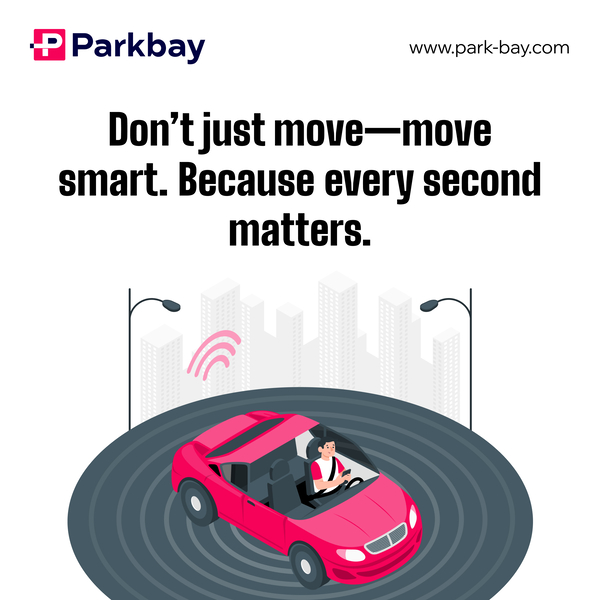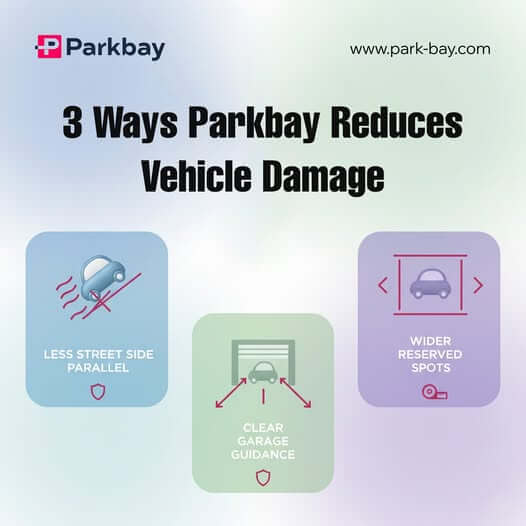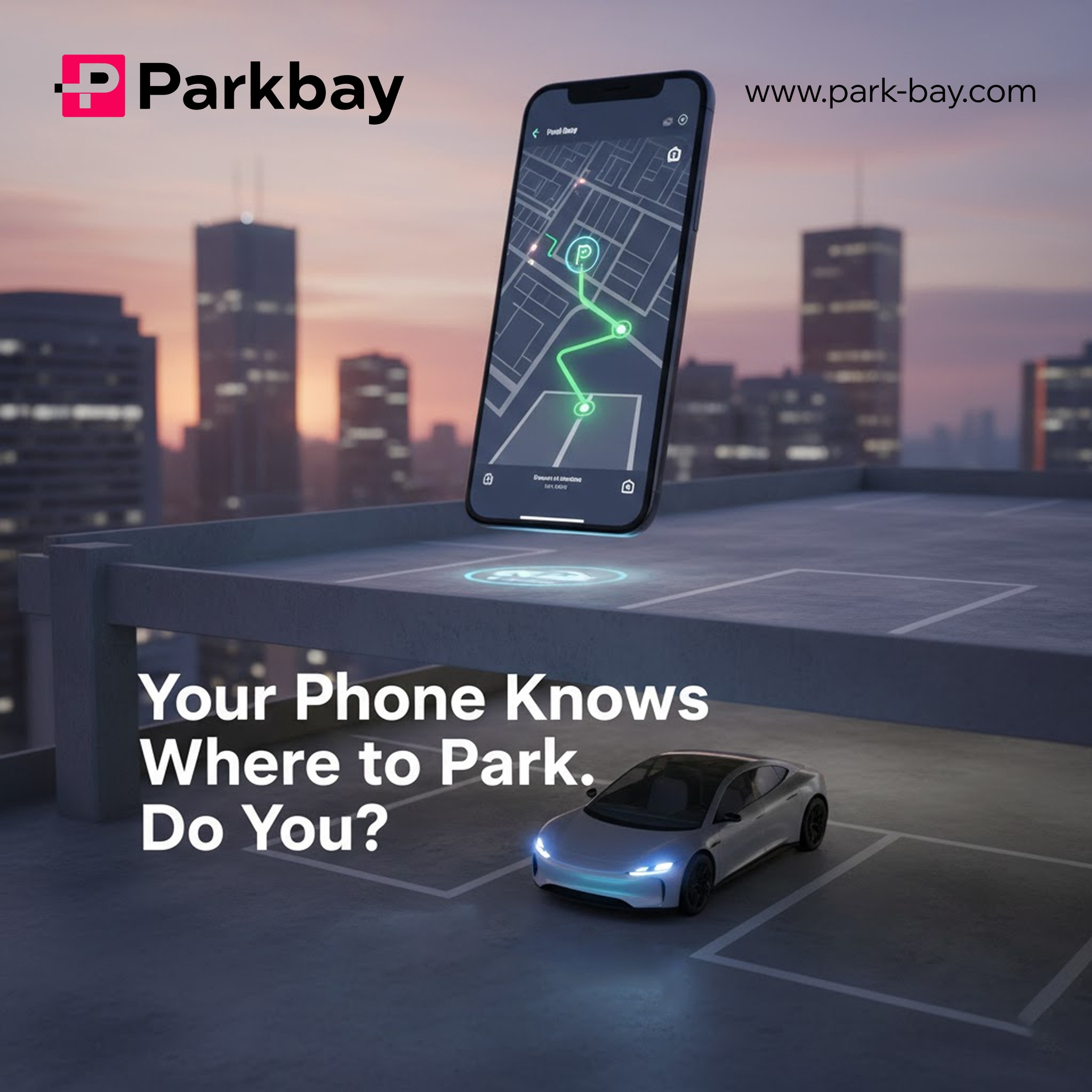In the bustling, ever-growing urban environments we live in today, one thing is certain: the way we move shapes the way we live. Every day, millions of people commute, shop, travel, and interact with their cities. But for too long, urban mobility has been a problem of congestion, delays, pollution, and inefficiency. The traditional models of transportation and parking are no longer sustainable. The answer is not to move more or faster—it’s to move smarter.
Making movement smarter is the foundation of building more livable, efficient, and inclusive cities. And at the heart of this smart movement revolution lies one surprisingly powerful solution: smarter parking.
Why “Smarter” Matters in Urban Mobility
When we talk about making movement smarter, we refer to leveraging data, technology, and design to create seamless, sustainable transportation systems. This includes everything from integrating public transport and electric vehicles to optimizing parking and using real-time traffic data.
Cities that embrace smart mobility aren’t just improving transport; they’re solving core urban challenges like pollution, traffic congestion, accessibility, and quality of life. Parking, often overlooked, plays a pivotal role in this puzzle.
The Cost of “Harder” Movement
Let’s consider what happens when movement is not smart.
-
Wasted time: In some cities, drivers spend up to 30% of their commute time looking for parking.
-
Increased emissions: More time on the road means more carbon emissions, contributing to urban pollution and climate change.
-
Reduced accessibility: Poor traffic and parking conditions make city centers less accessible to businesses, emergency vehicles, and people with mobility challenges.
-
Stress and frustration: The daily struggle of commuting takes a toll on mental well-being and productivity.
These are not minor inconveniences—they are systemic issues affecting the health, economy, and livability of our cities.
Smart Parking as a Gateway to Smarter Movement
While intelligent traffic signals and public transport apps often get the spotlight, smart parking may be the most underutilized innovation in urban mobility.
Smart parking refers to using sensors, data, and cloud-based platforms to manage parking resources efficiently. This can include real-time availability tracking, dynamic pricing, mobile reservations, automated payments, and integrated city dashboards.
Here’s how smart parking makes movement smarter, not harder:
1. Reduces Traffic Congestion
One of the biggest contributors to congestion in urban areas is “cruising for parking.” When drivers circle blocks repeatedly looking for an open spot, they not only waste time and fuel but also block intersections, slow traffic, and cause ripple effects across neighborhoods.
Smart parking reduces this significantly by guiding drivers to available spots in real time, via mobile apps or digital signs. Fewer vehicles roaming the streets for parking means smoother traffic flow and reduced gridlock.
2. Enhances Public Transport and Micro-Mobility Integration
When parking is optimized, it becomes easier to create mobility hubs—locations where different modes of transport converge. Imagine driving to a smart parking garage at the edge of the city, parking your car, and seamlessly switching to a tram or e-scooter for the rest of your journey.
This approach:
-
Eases pressure on city centers.
-
Encourages multi-modal transport.
-
Decreases private vehicle dependency.
Smart parking enables these intermodal transitions by making it easier to park safely, affordably, and conveniently.
3. Supports Sustainable Cities
Smart parking leads to fewer unnecessary vehicle miles traveled, which directly lowers emissions. Cities using data to optimize parking usage can:
-
Introduce dynamic pricing to discourage congestion at peak hours.
-
Promote eco-friendly zones.
-
Allocate space for EV charging, bikes, and shared vehicles.
When parking policies align with sustainability goals, cities become cleaner, quieter, and healthier.
4. Improves Accessibility and Inclusion
Poorly managed parking systems often exclude people with disabilities, seniors, and low-income communities. Smart systems can allocate and reserve accessible spots, offer digital payments, and provide clear guidance to make navigation easier for everyone.
Smarter movement isn’t just about efficiency—it’s about equity.
Building the Infrastructure for Smart Movement
Transitioning to smarter mobility requires commitment from both public and private stakeholders. Infrastructure plays a crucial role. Here’s what it takes:
-
IoT Sensors: To detect vehicle presence and transmit real-time data.
-
Cloud-Based Platforms: To manage availability, pricing, and user access at scale.
-
Mobile Applications: For users to find, book, and pay for parking seamlessly.
-
Data Analytics: For city planners to optimize resources and forecast demand.
It’s also essential that these systems are interoperable and scalable, so they can grow with the city’s needs.
From Parking Spaces to Smart Spaces
Smart parking transforms physical spaces into intelligent infrastructure. A basic surface lot can be turned into a connected asset that provides:
-
Occupancy data
-
EV charging support
-
Security features
-
Revenue optimization
It’s not just a place to leave your car—it becomes part of a living, breathing transportation ecosystem.
ParkBay: Making Smart Movement Possible
At ParkBay, we believe that true urban transformation starts with smart decisions. Our mission is to make parking effortless, intelligent, and sustainable. By integrating real-time availability, predictive algorithms, and user-centric design, ParkBay helps cities reduce congestion, improve efficiency, and give people back their time.
We don’t just manage parking—we unlock smarter movement.
Whether you’re a city planner looking to modernize infrastructure or a business seeking better accessibility for your customers, ParkBay is the partner to drive that change.
The Future of Urban Mobility
As cities continue to grow, the question is no longer whether we should adopt smart mobility—but how fast we can do it.
The smartest cities are not necessarily the biggest or the most high-tech. They are the ones that recognize the hidden inefficiencies in their systems and choose to solve them with intention and innovation.
Parking may not be the flashiest part of urban mobility, but it is one of the most impactful. Smarter parking leads to smarter movement—and smarter movement leads to better cities.
Conclusion
It’s time to rethink how we move through our cities. Efficiency is no longer about speed; it’s about intelligence. The goal isn’t to get from A to B faster—it’s to do so with fewer obstacles, lower emissions, and better experiences for everyone.
Let’s not make movement harder by clinging to outdated systems. Let’s make it smarter—with connected parking, integrated mobility, and visionary thinking.
The cities of tomorrow aren’t waiting. They’re building movement systems that work for people, planet, and progress.
Let’s move smarter, not harder.








Leave a reply